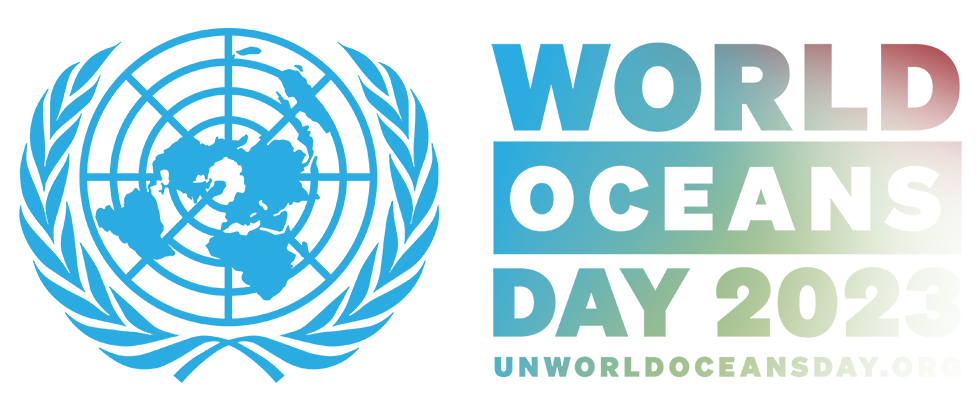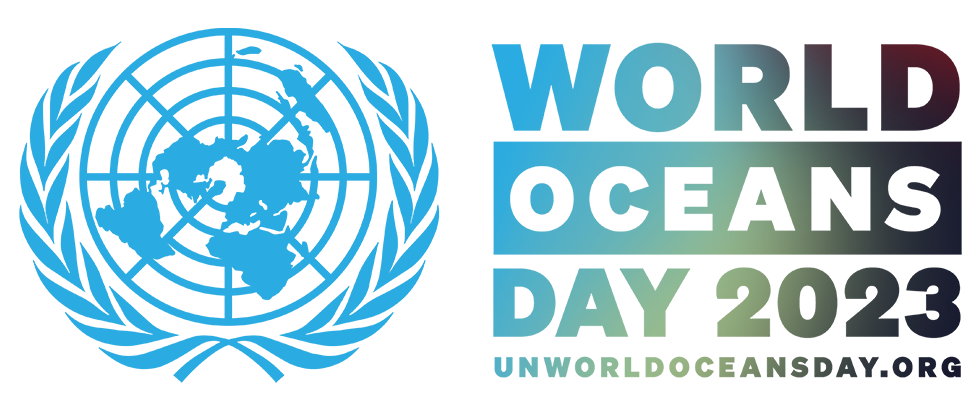Water from springs, rivers, seas and oceans have been essential for the development and survival of human groups for thousands of years. These groups settled near water sources to use it as a resource, consume it, fish, cultivate or extract minerals, but also as a means of communication, interaction and exchange. In addition, many watery spaces had a high significance and symbolism for the inhabitants of the past and that is why the evidence of rock art, burials or places of worship are physically related to these places.
We will show some evidences of the relationships between the great Andalusian megaliths and the availability of water and its use around them, as well as cave paintings and engravings in Latin America. We also want to bring children to a children’s workshop to learn about the animals of the sea and oceans that were part of the food and beliefs of the groups of the past. Many fish, mammals, reptiles and sea birds were painted in rock art and caves thousands of years ago.
On the other hand, we will show how climate change phenomena not only affect the water resources themselves, but also the world heritage near them.
Participation of international researchers:
Universidad de Sevilla: Aline Lara Galicia, Leonardo García Sanjuán, Marta Cintas Peña, David Lagunas
Pontificia Universidad Católica de Chile: Marcela Sepúlveda Retamal
Universidad Pedagogica Nacional: Judith Trujillo, Carlos Rodríguez
Museo Chileno de Arte Precolombino: Benjamín Ballester
GIPRI ORG.: Guillermo Muñoz
University of Vigo: Carmen Pérez Maestro
IPHES: Ramon Viñas Vallverdú
University of Barcelona: Albert Rubio Mora
Independent researcher: Martha Cabrera Guerrero
PhD: Carmen Rocío Borne Mulero, Celia Naranjo Cruz, Marta Rodríguez Moreno, Beatriz Valiente Jaén.

